|
Welcome to summer… Hurricane season. It’s muggy and buggy, and hot as a hairdryer. I love summer. Two things you need to live in the Keys: air conditioning and mosquito control. How did the first settlers of the Keys survive the mosquitos? The Indians smeared mud on themselves, and created strong smelling pastes from mint and sweetgrass, or rubbed rancid alligator fat on their bodies to “hide” from mosquitos. They also used smoke from campfires to ward them off, and chose campsites that were windy and dry. Mosquitoes are two-winged flies that live everywhere except areas that are permanently frozen. The Aedes aegypti, known as the “container bred mosquito”, prefers urban areas rather than forests. Aedes aegypti make up just 4 percent of the local mosquito population, but cause 100 percent of mosquito-borne illnesses, for which there are no human vaccines… Dengue, Zika, West Nile, encephalitis, and Chikungunya. The black salt marsh mosquito Aedes taeniorhynchus lives in the coastal salt marshes of the Everglades and Florida Bay; they emerge in large numbers after it rains., and are not a major vector of disease… though they may drive you crazy. In 1980, an old-timer Ken “Blinky” Vechan, whose father helped build the Flagler railroad, once told me: “There are just enough mosquitos here to keep the people out.” One particularly unique structure in the history of the Keys is Perky’s Bat Tower. once located on Lower Sugarloaf Key. Originally owned by an English sponge farmer named C.W. Chase, the tower property was sold to Richter C. Perky who wanted to establish a fishing camp there. In 1929, as a solution to the pesky mosquito problem, Perky built a bat tower to house the mosquito eaters. Unfortunately, Mr. Perky’s thousands of dollars flew off, as quickly as the bats did, when he placed the bats in the tower. The bat tower succumbed to its final “swat” in 2017 by a lady named Hurricane Irma. Another flying fiend, the dragonfly, provides great natural mosquito defense. Dragonflies live to eat mosquitoes and consume up to 100 a day! They live in areas near wetlands, ponds, or rivers and lay their eggs in mud or water. Invite dragonflies to your yard by installing a pond. You can also stock your pond with mosquitofish or Gambusia to eat mosquito larvae. Birds in turn, prey on the dragonflies, and Voila! … you’ve reduced the number of mosquitos, and created a pesticide-free natural environment that is full of life. Citizens can exercise least toxic means to prevent mosquito breeding on their property by the following practices: DRAIN: Empty flowerpots and trash containers. Flush outdoor plants such as bromeliads and crotons on a regular basis DISCARD: Old tires, drums, bottles, cans, pots and pans, broken appliances EMPTY and CLEAN: Birdbaths and pet's water bowls at least once or twice a week. Empty plastic swimming pools when not in use. PROTECT: Boats and vehicles from rain with tarps that prevent them from holding water. Cover open gutters and plumbing pipes. MAINTAIN: Maintain proper chemistry in swimming pools. Repair broken screens on windows, doors, porches, and patios. Place BTI (naturally occurring bacterium) in areas that hold water; it only kills mosquito larvae. Think of the accumulation of toxins along the way when chemical pesticides are used in the landscape to keep our grass chinch bug free. The birds leave due to lack of food, and insecticide residue makes its way to our waterways, and indirectly to the fish and the lobster… our “bugs” of the sea. Better living through science… how about genetically modifying the mosquito so it eventually dies out? In 2021, Oxitec released genetically modified mosquitos in the Florida Keys despite local opposition. During their study they collected 22,000 eggs, and found only male mosquitos made it to adulthood. They also found the Oxitec gene that killed female offspring lasted only 2-3 months. Mosquitos never go away; the problem requires constant management. Despite local opposition in the Keys, the government in 2022 approved another release of 2.4 million more genetically modified mosquitos in two states, Florida and California. I can’t help but wonder how many of these government decision makers have shares of Oxitec stock. The big issue whenever you do any genetic manipulation is how will this impact the study species and the environment as a whole? Researchers from Yale visited an Oxitec experiment site in Brazil, surveyed the mosquitos and found Oxitec genetic markers in the reproducing population. That the gene is still in these mosquitos well after that trial was over suggests that they didn't all die out. The whole Jurassic Park hypothesis… the fear of what we could create? Perhaps a more resistant bug? Speaking of bugs… the modified mosquitos are treated with an antibiotic. Does that mean when they bite, they transmit that same antibiotic to you?
Call me old school… I’m willing to take precautions with wardrobe, repellant, mosquito coils, use netting to protect small children and even stay inside if need be.
0 Comments
Leave a Reply. |
CAROL ELLIS
This photographic website provides me the opportunity for self-expression, for sharing Archives
May 2024
TAGS
All
|
© Copyright 2022. Carol Ellis Photography.
All Rights Reserved.



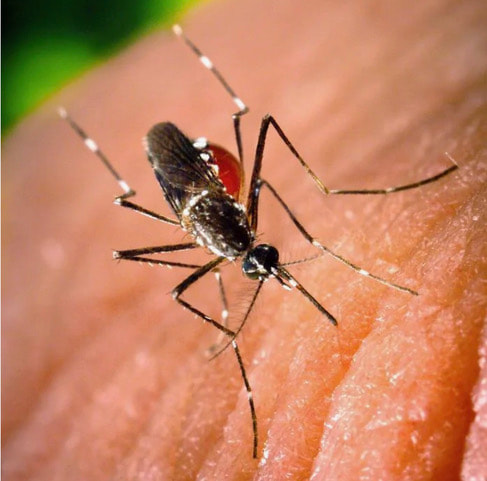

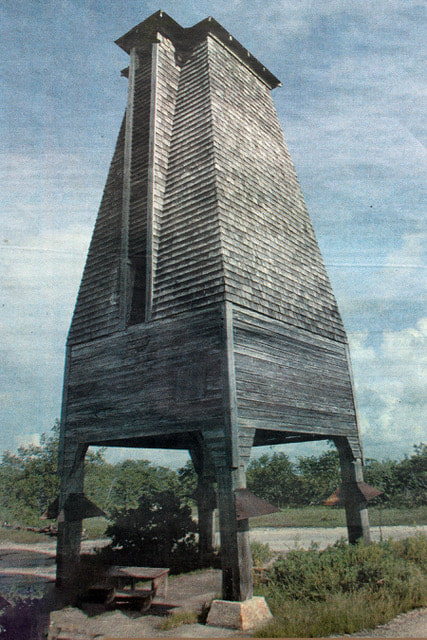
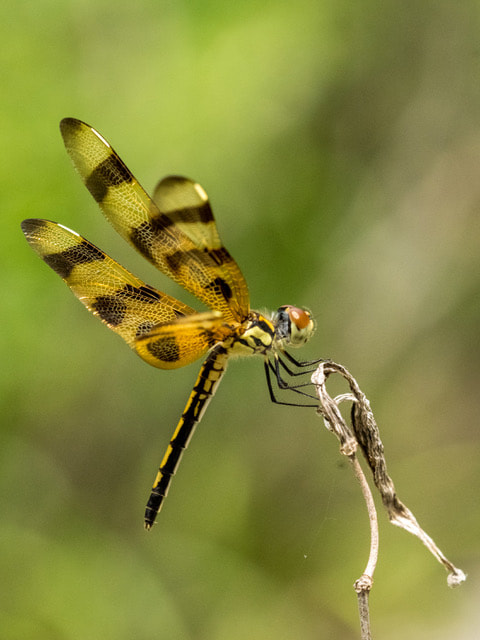
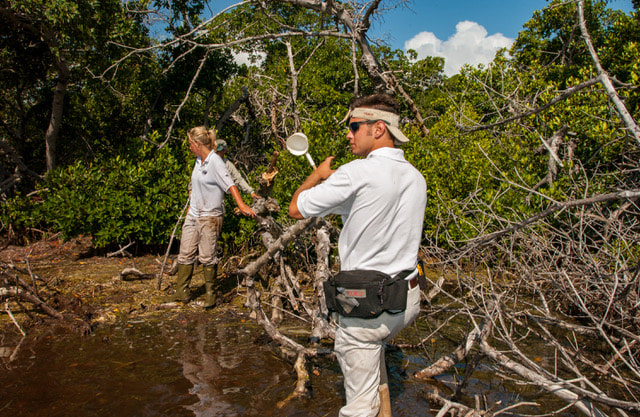
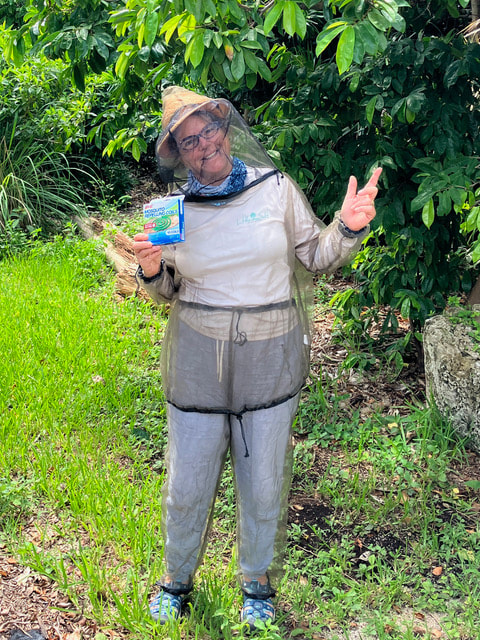
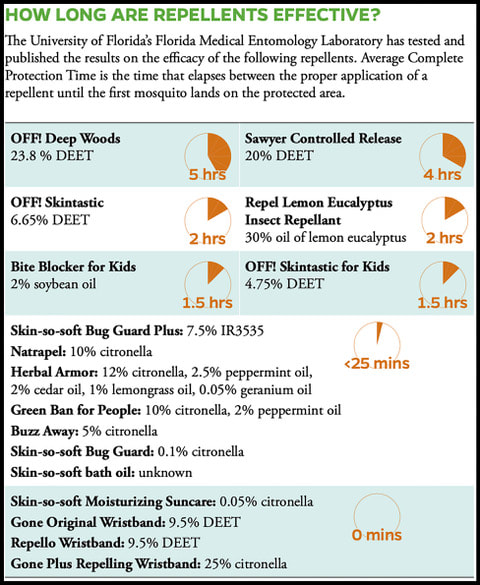
 RSS Feed
RSS Feed
